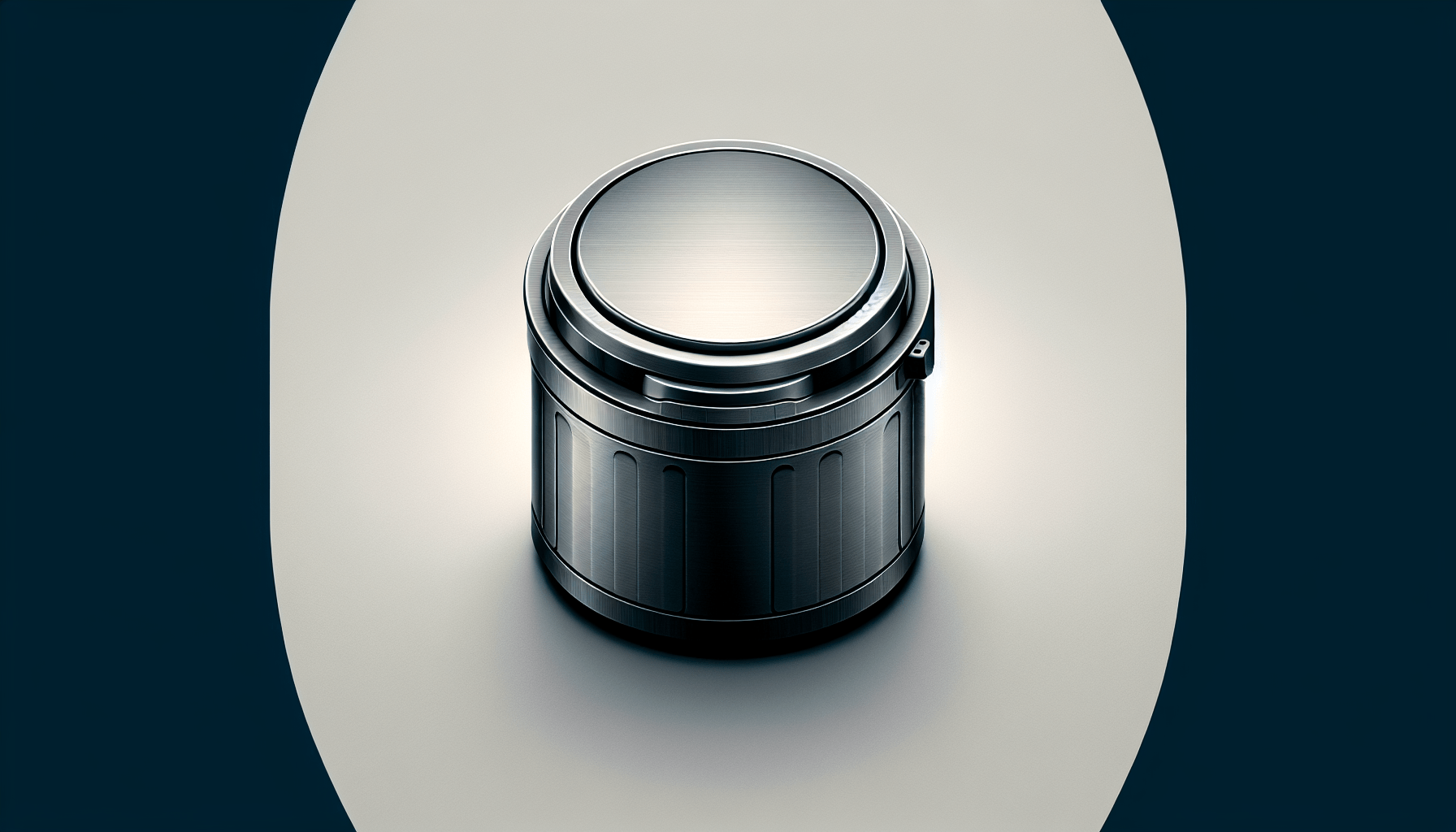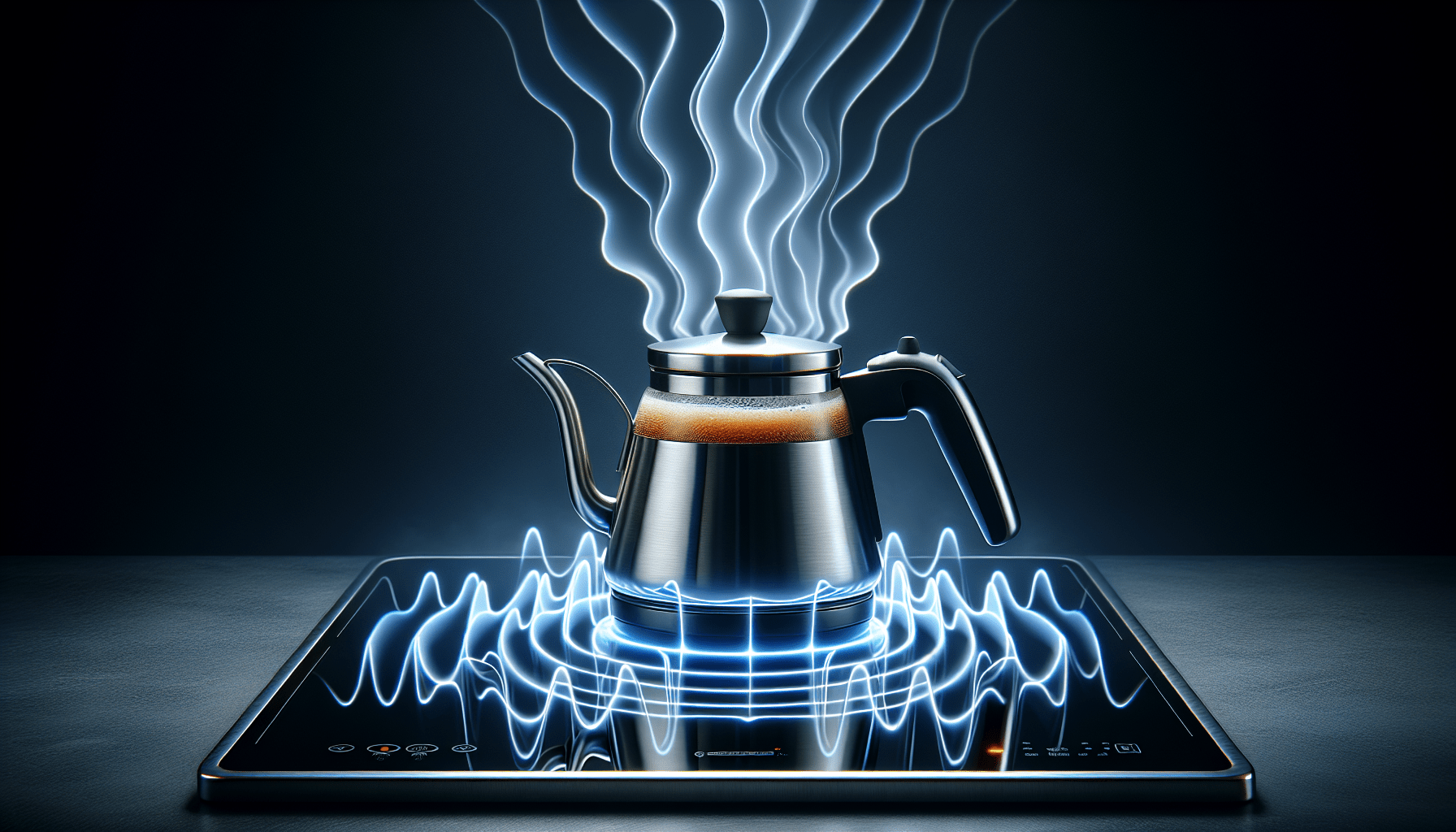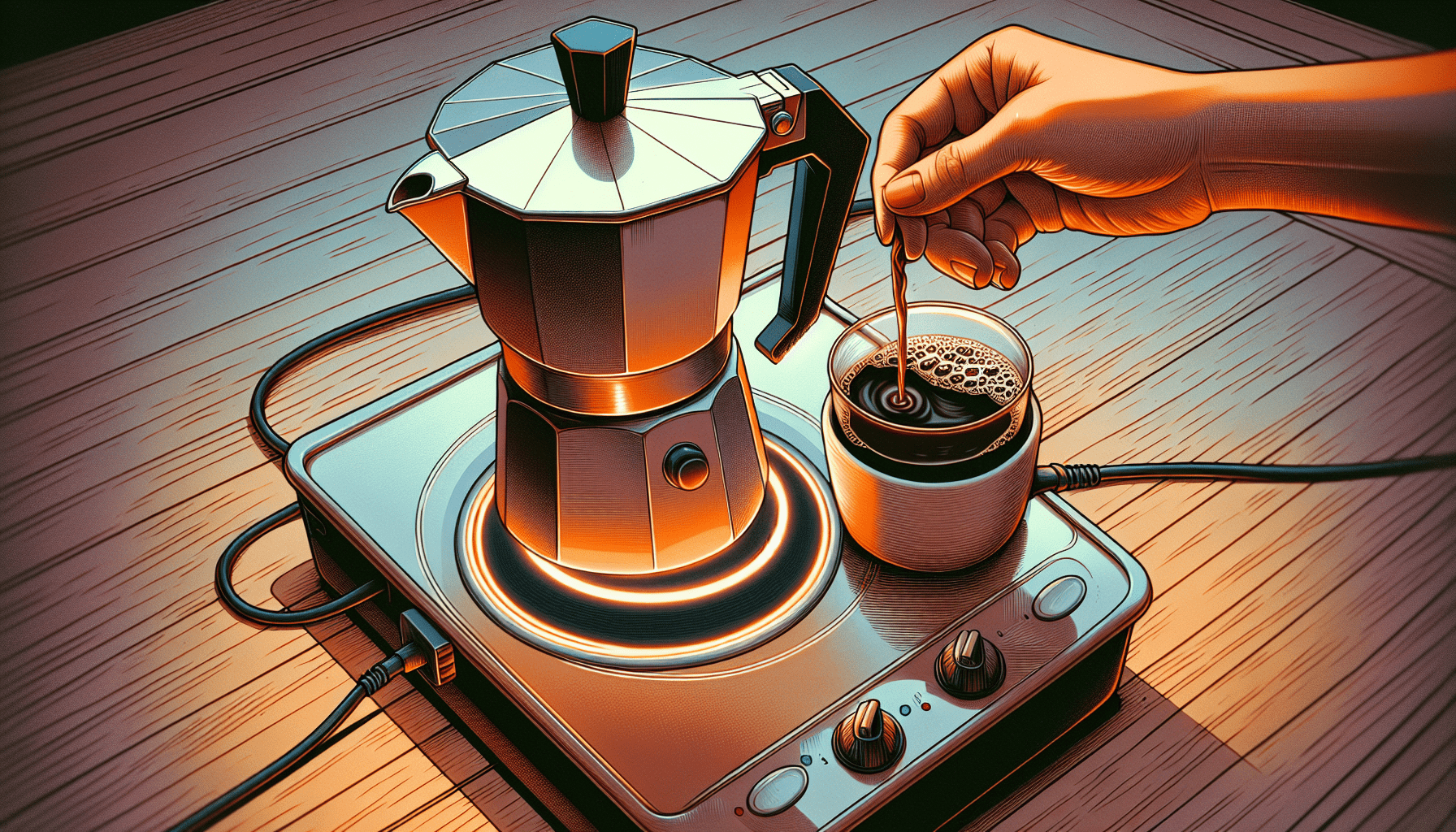Coffee lovers rejoice! Have you ever wondered how long you can leave that delicious brew in the pot before it starts to lose its flavor? Well, fear not, because we have all the answers you need. In this article, we will explore the shelf life of coffee and provide you with some handy tips to ensure you always enjoy a fresh and flavorful cup. So, grab your mug and let’s dive into the world of coffee preservation!
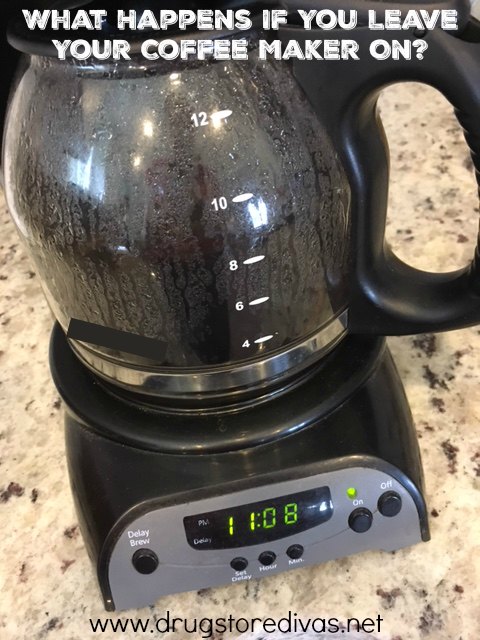
The Shelf Life of Coffee
When it comes to enjoying a good cup of joe, freshness is key. The taste, aroma, and overall experience of coffee are at their peak when it is freshly brewed. But how long can you actually leave coffee sitting in the pot before it goes bad? In this article, we will explore the factors that affect coffee’s shelf life, signs that indicate your coffee has gone bad, proper storage methods, and even some tips on handling leftover coffee.
Freshly Brewed Coffee
There’s nothing quite like the aroma of freshly brewed coffee in the morning. But unfortunately, that wonderful smell and taste are not meant to last forever. Once coffee is brewed, it begins to degrade and lose its flavor. In fact, coffee that has been sitting in a pot for too long can become stale, bitter, and undrinkable. So, if you want to savor the true essence of your coffee, it’s best to enjoy it as soon as possible after brewing.
Coffee in a Coffee Pot
Now, let’s talk about coffee that is left sitting in a coffee pot. The shelf life of coffee in a pot depends on several factors. First and foremost, exposure to oxygen can greatly degrade the quality of coffee. Oxygen starts to oxidize the coffee compounds, leading to a loss of flavor and aroma. Additionally, the temperature of the coffee pot plays a role. If the pot is left on a warming plate or burner for an extended period of time, the heat can further break down the coffee, resulting in a less desirable taste.
Coffee in a Thermos or Insulated Carafe
If you’re looking to keep your coffee hot and fresh for longer periods of time, transferring it to a thermos or insulated carafe is a smart move. These containers are designed to retain heat and keep your coffee at an optimal temperature. However, even in a thermos or insulated carafe, coffee will still degrade over time. The same factors of exposure to oxygen, temperature, and time apply here as well.
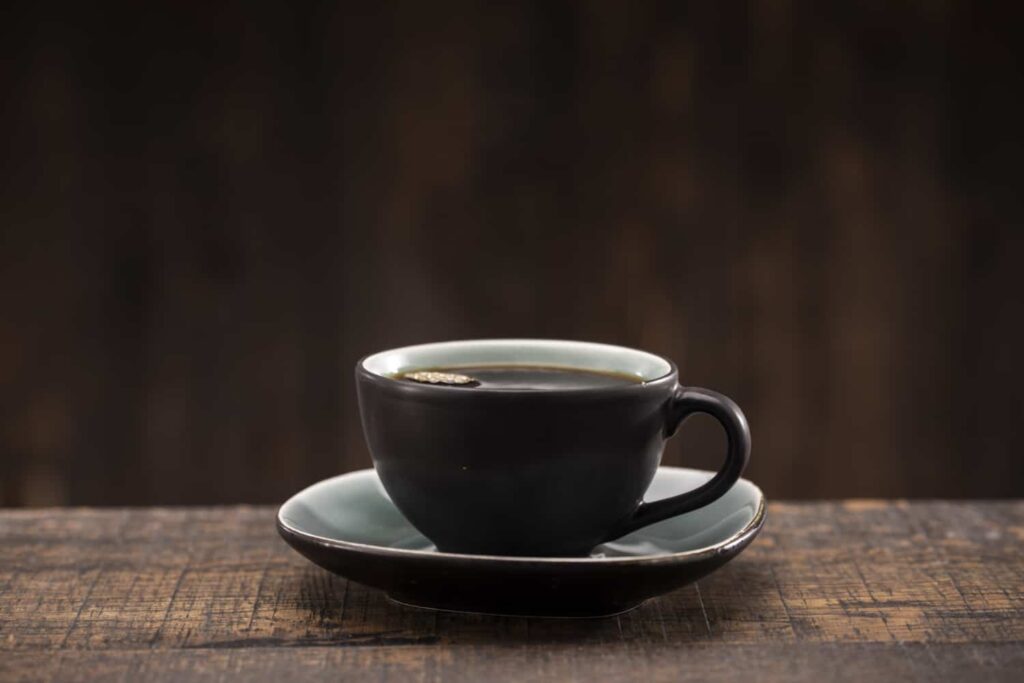
Factors Affecting Coffee’s Shelf Life
Now that we’ve covered the basics of coffee shelf life, let’s delve into the specific factors that can affect how long your coffee stays fresh.
Exposure to Oxygen
As mentioned earlier, exposure to oxygen can rapidly deteriorate the quality of coffee. When coffee beans or grounds come into contact with oxygen, a process called oxidation begins. This process alters the flavor compounds in the coffee, resulting in a loss of freshness and an increase in bitterness.
Temperature
Temperature also plays a significant role in the degradation of coffee. Heat can cause the coffee to break down more quickly, accelerating the oxidation process. This is why it’s important to avoid leaving your coffee on a warming plate or burner for too long, as excessive heat can lead to a bitter and burnt taste.
Exposure to Light
While not as detrimental as oxygen and heat, exposure to light can also impact the shelf life of coffee. UV rays from sunlight can damage the delicate flavors in coffee, causing it to taste dull and flat. To prevent this, it’s best to store your coffee in a dark and opaque container.
Contact with Moisture
Moisture is the enemy of coffee. When coffee beans or grounds come into contact with moisture, they can absorb it, leading to a loss of flavor and aroma. Moisture can also create a breeding ground for mold and bacteria, which can quickly ruin your beloved coffee.
Additives or Syrups
If you’re a fan of adding syrups or other flavorings to your coffee, it’s important to note that these additives can affect the shelf life as well. While plain black coffee can last longer, the addition of sugar, milk, or cream can contribute to bacterial growth and spoilage.
Signs That Coffee Has Gone Bad
Now that we know what factors can affect the shelf life of coffee, it’s important to be able to recognize when your coffee has gone bad. Here are some telltale signs to look out for:
Off Smell
One of the first indicators that your coffee has gone bad is a foul or off smell. If your once-aromatic coffee now has a musty or rancid odor, it’s time to toss it out.
Mold Growth
Mold growth is a clear indication that your coffee has spoiled. If you spot any signs of mold on your coffee beans, grounds, or in the pot itself, it’s best to discard it immediately.
Changes in Color or Texture
Fresh coffee should have a rich, dark color and a smooth texture. If you notice any changes, such as a lightening of color or a clumpy texture, it’s a sign that the coffee has started to degrade.
Rancid Taste
Perhaps the most obvious sign that your coffee has gone bad is the taste. If your coffee tastes sour, bitter, or rancid, it’s time to brew a fresh batch.

How Long Can Coffee Stay in a Pot?
Now that we can identify when coffee has gone bad, let’s discuss how long you can safely leave it sitting in a pot before it reaches that point.
Short-term Storage
If you want to consume your coffee within a few hours, leaving it in a pot is generally acceptable. However, it’s important to keep in mind that the longer coffee sits, the more it degrades in quality. So, if you’re looking for the best possible flavor, it’s best to enjoy your coffee shortly after it has finished brewing.
Medium-term Storage
If you anticipate needing coffee for longer periods, such as throughout the day, it’s advisable to transfer it to a thermos or insulated carafe. These containers will help maintain the temperature and preserve the flavor for a few hours. However, it’s still recommended to consume the coffee within the same day to ensure optimal taste.
Long-term Storage
If you find yourself with leftover coffee that you’d like to save for later use, proper storage is crucial. Coffee that is left in a pot overnight or for an extended period of time is likely to become stale, bitter, and unappetizing. It’s best to avoid keeping coffee in a pot for longer than 12 hours to ensure the best possible flavor.
Storing Coffee Properly
To extend the shelf life of your coffee and preserve its freshness, here are some essential tips for proper storage:
Using an Airtight Container
Investing in an airtight container is one of the best ways to keep your coffee fresh. This will prevent oxygen from coming into contact with the coffee, preserving its flavor and aroma.
Keeping it in a Cool and Dark Place
As mentioned earlier, exposure to light can negatively impact the quality of your coffee. Therefore, it’s important to store it in a cool and dark place, such as a pantry or cupboard. Avoid placing it near any heat sources, as excessive heat can accelerate the degradation process.
Avoiding Moisture and Heat
Moisture and heat are two of the biggest enemies of coffee. To ensure its longevity, keep your coffee away from any moisture sources, such as the sink or refrigerator. Additionally, avoid storing it near the stove or other heat-emitting appliances.
Keeping it Away from Strong Odors
Coffee has a unique ability to absorb odors from its surroundings. To prevent your coffee from taking on unwanted scents, it’s best to store it away from strong-smelling substances, such as spices or cleaning products.
Freezing Coffee
If you have a large quantity of coffee that you want to preserve for an extended period of time, freezing can be a viable option. However, it’s important to follow the proper freezing techniques depending on the form of coffee.
Coffee Beans
For whole coffee beans, freezing can help maintain their freshness for a longer period. Divide the beans into smaller airtight bags or containers and store them in the freezer. This method allows you to take out a small portion at a time without exposing the rest to air and moisture.
Ground Coffee
Freezing ground coffee can be slightly trickier, as it is more susceptible to moisture absorption. If you choose to freeze ground coffee, make sure to portion it out into individual servings, seal them tightly in freezer bags, and remove as much air as possible before freezing.
Brewed Coffee
Freezing brewed coffee is also a possibility, especially if you have leftover coffee that you don’t want to waste. Allow the coffee to cool completely, transfer it to ice cube trays or freezer-safe containers, and freeze. This way, you can easily thaw and enjoy a cup of iced coffee without sacrificing quality.
Handling Leftover Coffee
If you find yourself with leftover coffee that you don’t want to simply discard, here are a couple of options to make the most of it:
Refrigerating or Freezing
As mentioned earlier, refrigerating or freezing leftover coffee can help prolong its shelf life. However, it’s important to note that the taste and quality may be compromised after storage. If you choose to refrigerate or freeze coffee, it’s best to consume it within a day or two for the best flavor.
Repurposing Coffee
Alternatively, you can repurpose your leftover coffee in various culinary creations. Cold brew coffee can be used as a base for refreshing beverages, while leftover brewed coffee can be incorporated into smoothies, baking recipes, or even as a flavoring for sauces and marinades. Get creative and explore the unique flavors coffee can add to your dishes!
Safety Considerations
While coffee is generally safe to consume, there are some safety considerations to keep in mind:
Bacterial Growth
Coffee is a relatively low-acid food, making it susceptible to bacterial growth if not stored properly. To minimize this risk, follow the guidelines for proper storage and avoid leaving coffee sitting out at room temperature for extended periods.
Ensuring Freshness
To ensure the best possible taste and quality, it’s recommended to purchase fresh coffee beans and grind them as needed. This will maximize the flavor and minimize the chances of consuming stale coffee.
Health Risks
While coffee itself is not a health risk, certain additives, such as creamers or syrups, may contribute to health concerns if consumed excessively. It’s important to be mindful of the ingredients used in your coffee and consume them in moderation for optimal health.
Final Thoughts
So, how long can you leave coffee in the pot before it goes bad? The answer depends on several factors, including exposure to oxygen, temperature, light, moisture, and additives. To enjoy the best possible cup of coffee, it’s recommended to consume it shortly after brewing. If you need to store coffee for longer periods, transferring it to a thermos or insulated carafe can help maintain its temperature and flavor for a few hours. Remember to store your coffee properly in an airtight container, away from heat, moisture, and strong odors. And if you have leftover coffee, consider refrigerating or freezing it, or get creative by repurposing it in various recipes. With proper storage and handling, you can extend the shelf life of your coffee and continue to enjoy that perfect cup of joe. Cheers!

